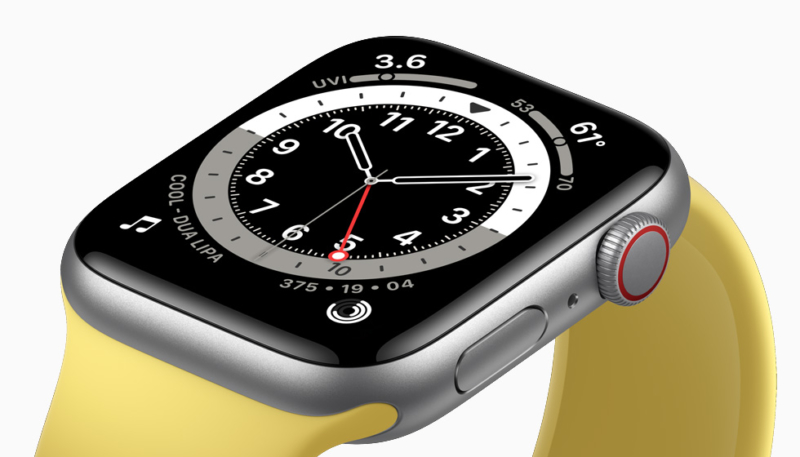A recently-published study from Stanford University (via MyHealthyApple) shows that the Apple Watch can accurately determine the “frailty” of the user.
We enrolled 110 participants who were scheduled for vascular or cardiac procedures. Each participant was supplied with an iPhone and an Apple Watch running the VascTrac research app and was followed for 6 months. Supervised 6MWTs were performed during clinic visits at scheduled intervals. Weekly at-home 6MWTs were performed via the VascTrac app. The app passively collected activity data such as daily step counts. Logistic regression with forward feature selection was used to assess at-home 6MWT and passive data as predictors for “frailty” as measured by the gold-standard supervised 6MWT. Frailty was defined as walking <300m on an in-clinic 6MWT.
The metric is a general standard used to evaluate the functional mobility and exercise capacity of a patient. Higher scores indicate “healthier cardiac, respiratory, circulatory, and neuromuscular function,” according to Apple.
The study revealed that the Apple Watch was able to accurately assess frailty with a sensitivity of 90% and specificity of 85% in a supervised setting. Under unsupervised settings at home, the Apple Watch was able to accurately assess frailty with a sensitivity of 83% and specificity of 60%.
In this longitudinal observational study, passive activity data acquired by an iPhone and Apple Watch were an accurate predictor of in-clinic 6MWT performance. This finding suggests that frailty and functional capacity could be monitored and evaluated remotely in patients with cardiovascular disease, enabling safer and higher resolution monitoring of patients.
The study used a customer app called “VascTrac” to gather 6MWT data alongside the Apple Watch’s passively-collected activity data. Apple has since included a series of new mobility-related health metrics in watchOS 7, including the 6MWT.


